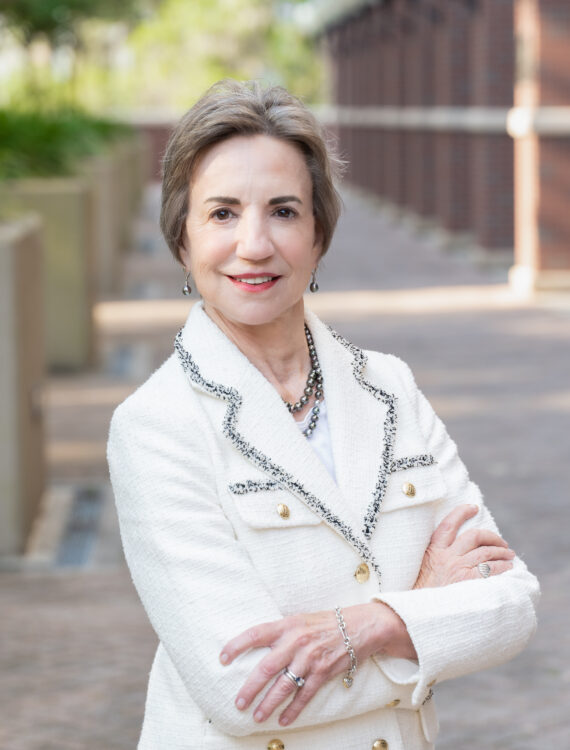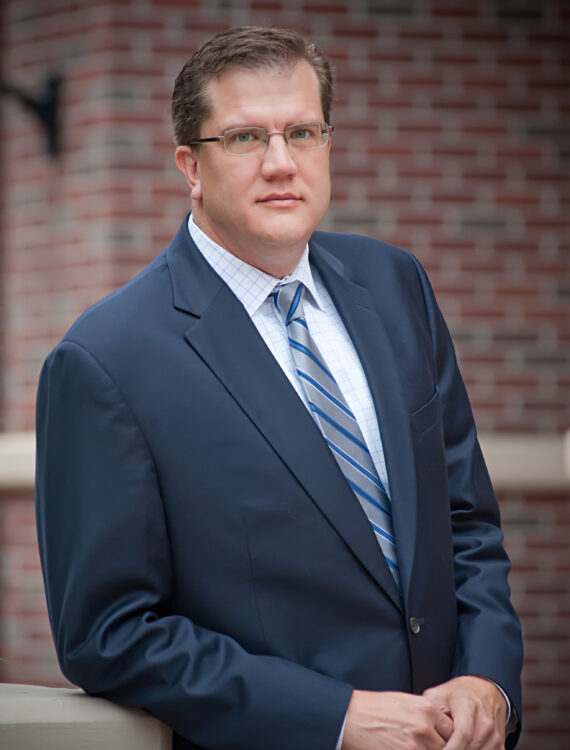Divided Florida Supreme Court Sends Bad Faith Message

In a 4-3 decision, the Florida Supreme Court in Harvey v. GEICO General Insurance Company sent a sobering message to insurers. In Harvey, the insured was involved in an accident with another driver who died as a result of his injuries. More here. The insured was covered under a policy providing $100,000 in liability coverage. The majority and dissent provided different recitations of the underlying actions of the insurance adjuster, the insured and the insured’s counsel. Nonetheless, the record indicates that the insurer tendered the full policy limits within days of the accident.
The estate of the decedent returned the insurer’s check and filed a wrongful death suit against the insured. A jury found the insured to be 100% at fault and awarded the estate $8.47 million in damages. The insured then filed a bad faith action against the insurer based on the judgment’s exceeding the $100,000 policy limit. In the trial court, a jury found the insurer acted in bad faith, and the trial court entered judgment in favor the insured for $9.2 million.
The insured appealed to the Fourth District Court of Appeal and argued that the insured offered insufficient evidence at trial to support the bad faith claim. The 4th DCA agreed and reversed the judgment. The Supreme Court asserted jurisdiction based on the 4th DCA’s alleged misapplication of prior precedent.
The Supreme Court noted that in handling the defense of claims, an insurer must use the same degree of care and diligence as a person of ordinary care and prudence should exercise in his or her own business. According to the Supreme Court, it is not enough for the insurer to merely notify the insured of possible settlement opportunities, the probable outcome of litigation, or possible excess judgments. The question is whether the insurer worked on the insured’s behalf to avoid an excess judgment. In Harvey, the Supreme Court found that the insurer acted in bad faith by failing to settle the estate’s claim against the insured. According to the Supreme Court, the insurer’s obligations do not end upon tendering the policy limits. The Supreme Court therefore determined that the insurer was responsible for the bad faith judgment because it did not do enough to attempt to settle the claim.
The majority’s opinion was met with two strong dissenting opinions encompassing the views of three justices. The dissent challenged the majority assertion that the 4th DCA misapplied prior precedent, instead reciting how the district court actually followed the precedent. According to the dissent, the Florida Supreme Court essentially applied an ordinary negligence standard to bad faith actions, incorrectly holding an insurer responsible for bad faith when it tendered policy limits within days of the accident.
Whether one agrees with the majority or the dissent, Harvey certainly shows that circumstances surrounding certain claims might warrant more than tendering the policy limits.











